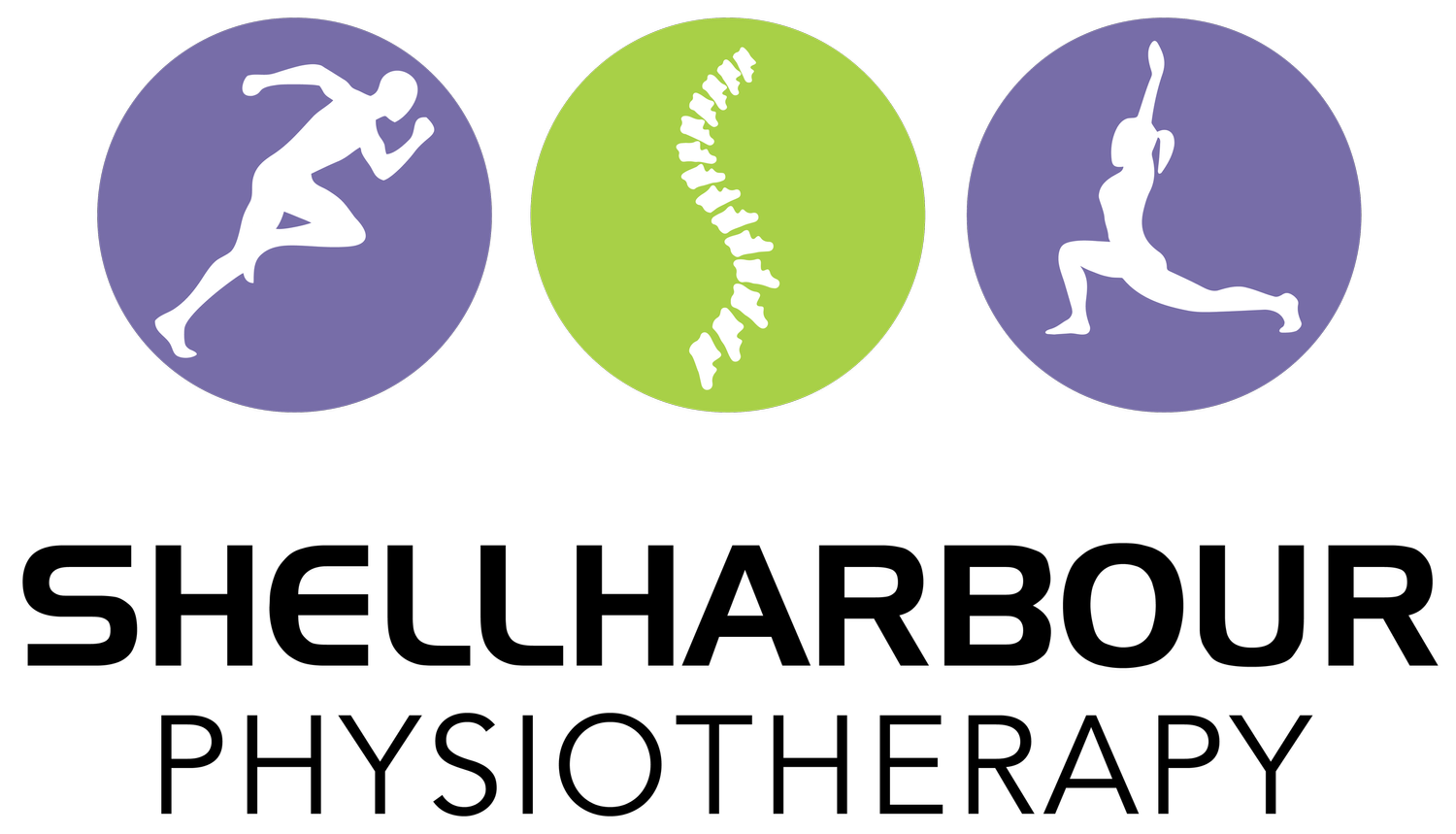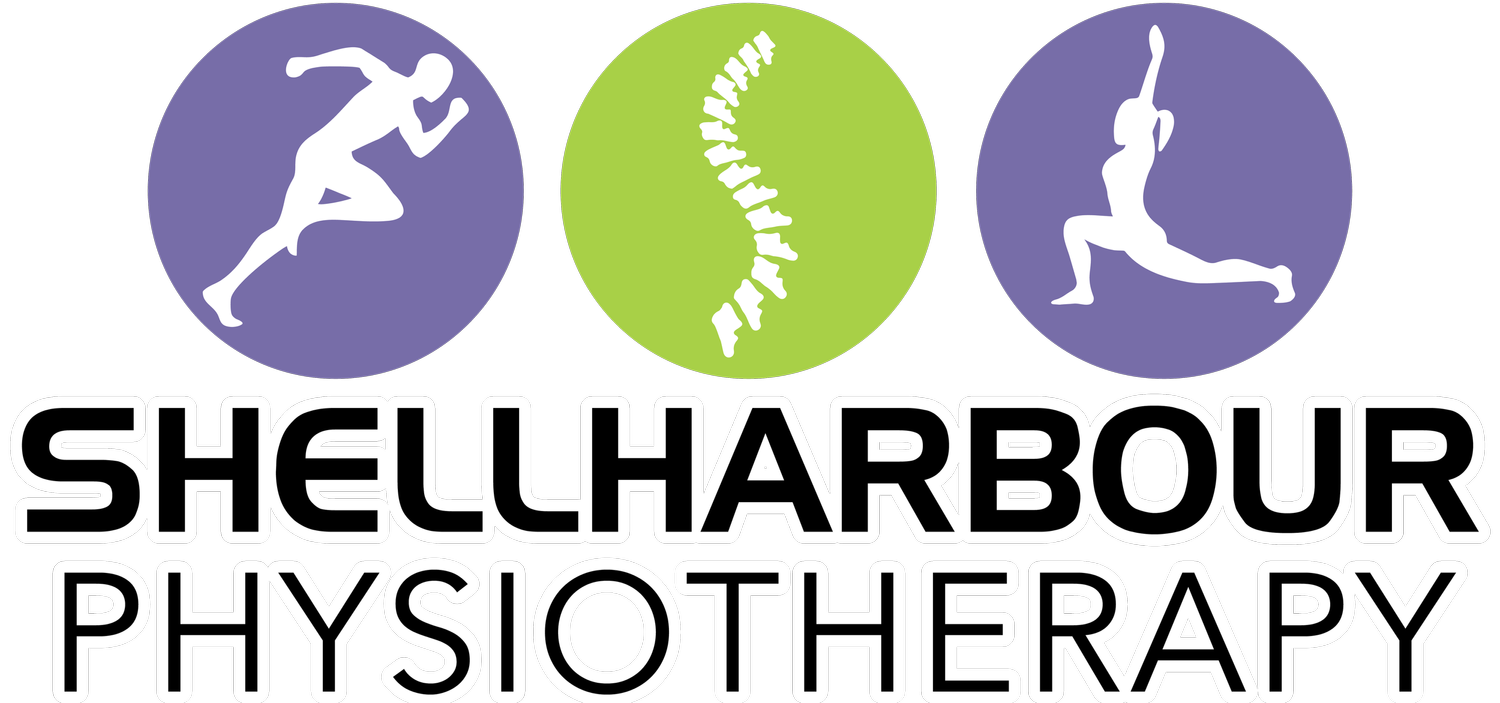YOU ARE NOT YOUR SCAN
X-rays, ultrasound, CT and MRI are different forms of imaging that can be helpful in the treatment and management of certain musculoskeletal injuries. They help physiotherapists, doctors and specialists make informed decisions about further treatment or potential surgeries.
These scans all provide an image of the body. They are then reported on in regards to anything that looks different or abnormal, however the persons pain may not be directly related to their scan.
It is common to see many different “injuries” on scans from people with no pain. Studies on asymptomatic (pain free) people getting scans show:
BACK disc bulges
Disc bulges become more common on scans as we get older
30% of people aged 20 - 30 years,
40% of people aged 30 - 40 years,
50% of people aged 40 - 50 years,
60% of people aged 50 - 60 years,
69% of people aged 60 - 70 years,
77% of people aged 70 - 80 years,
84% of people aged 80 - 90 years.
Meaning if you're in your 40’s there is a 50% chance you’ll have a bulge even if you’re not in pain.
Shoulder Rotator Cuff
When scanning a person's painful vs not painful shoulder, partial thickness rotator cuff tears were seen in 26% of painful vs 20% non-painful shoulders.
Knee meniscus tears
38% of people without pain who were scanned showed meniscus tears and 38% showed ligament tears.
The outside of our bodies undergo age related changes just the same as the inside of our bodies . Like wrinkles and grey hairs, these don’t cause pain. Arthritis, disc bulges and RC tears become more common as people get older however they won’t necessarily be painful for everyone.
If clinical history, mechanism of injury, aggravating/ easing factors and injury history fit with the injury seen on the scans, it is likely to be the cause of your pain.
So why do some people get pain and others don’t?
Pain is complicated and multifactorial, it is not just a result of injuries. Stress, activity levels, diet, sleep (see prior blog post) and even mood/ beliefs can all directly impact a person’s level of pain.
Most people can be treated without a scan or formal diagnosis by treating your symptoms, however a scan may be helpful for management of your injury if your condition isn’t progressing the way your physio/ doctor is expecting or if the physio/ doctor believes it will change the management of your injury (ankle sprain vs ankle fracture, one can be treated with rehab, the other needs to put into a boot).
If you have an injury, don’t rush to get a scan. See your GP or Physio first for advice and management.




